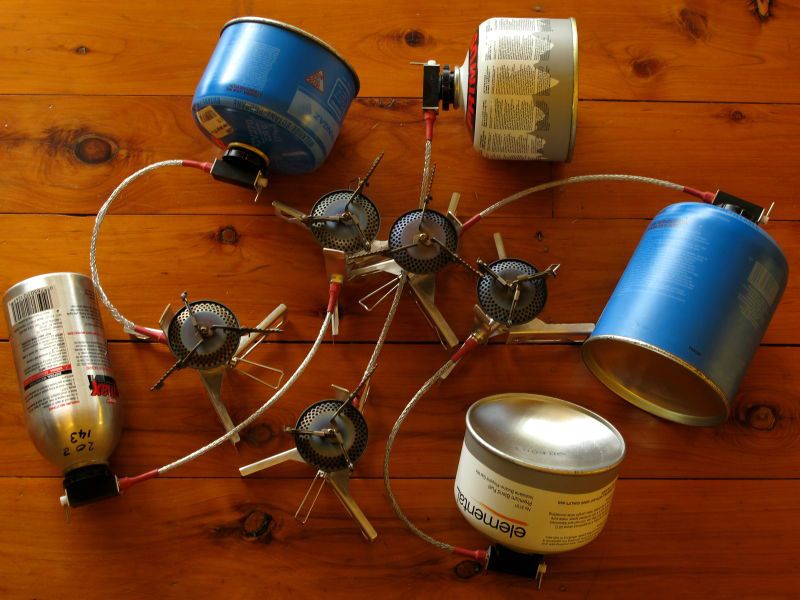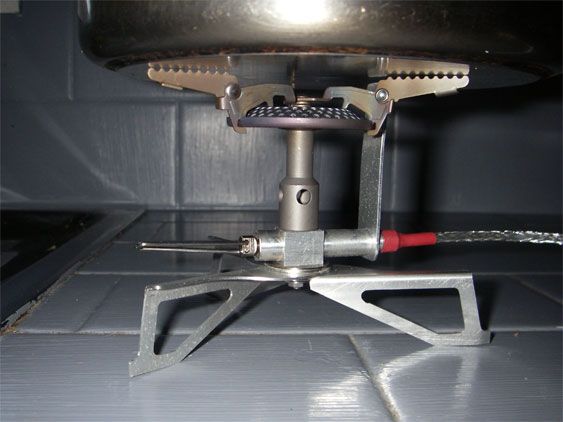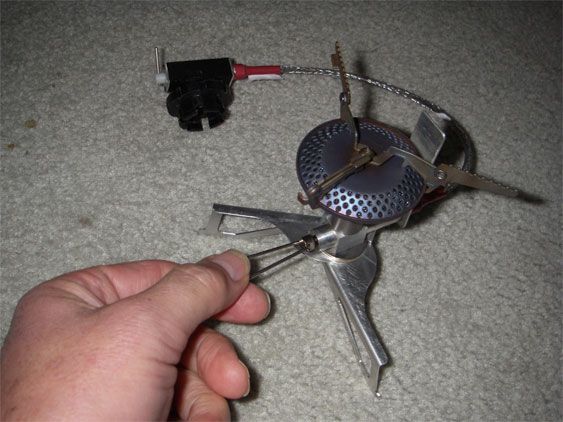Hi All
Yes, I am making a number of 'beta-test' models of my stove for field testing. I am selling them rather than giving them away as it would be nice to try to cover some of the costs - 5 years work and I had to buy a CNC machine in the end. OK, it has also been just a trace of fun.

They are US$125 to members of Backpacking Light, or $140 here in Australia to non-members. Post&packing costs are ordinary mail within Australia: $9 Express mail: $13. I have a small number of the ones with the FMS-116T burner available now. When they are all gone the stove will have the FMS-300T burner, which is an interesting unit by itself. These are still being made on the CNC right now. If you are interested, contact me at
roger@backpackinglight.com - do not rely on PMs here as I tend to miss them.
Regarding the position of the control valve:
If you run any remote canister stove with the canister upright, you can have the control valve at the canister with no trouble at all. But if you want to use the stove in the snow or below 0 C you will have problems down the line when the propane is preferentially all used up, leaving mostly butane in the canister. Butane is a liquid below 0 C and the stove will die. So this stove is meant to be used with the canister inverted, giving a liquid feed. This is good to below -20 C if the canister is at ambient. If you can keep the canister a bit warmer, the ambient can be lower still. The point is that valving the liquid flow is very tricky compared to valving the gas flow, so the control valve is at the stove in the gas flow. There IS a safety on/off valve at the canister as well.
LOTs more details about the whys and wherefores in the article at BPL.
Cheers








